Through our work as an Owner’s Engineer, Pure Power has extensive experience evaluating, inspecting, and commissioning PV power systems. While I-V curve tracing is an essential tool in these efforts, it is not necessarily the best tool for every...
Continue ReadingAuthor Archives: Rick Ivins
Latest Discussions
The U.S. energy storage capacity is expected to nearly double by the end of 2024! This significant growth is driven by the expansion of large-scale battery storage systems, which enhance the integration of renewable energy sources and improve grid...
Continue Reading →Mother Nature provides an unlimited source of clean energy from the sun. However, she also has a dark side that can wreak havoc on your array. As your Owners Engineer, Pure Power ensures the assets you build and acquire are designed for all the...
Continue Reading →Pure Power has provided clients with professional services for more than a decade, including electrical, structural, and mechanical engineering, energy modeling, project development support, and PV plant performance analysis and reporting. The...
Continue Reading →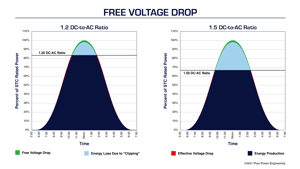
Free Voltage Drop
This is a follow up to the article Design Recommendations for 1500V String inverters, where we only briefly mentioned "Free Voltage Drop" and wanted to dive in a little deeper here.
When we value engineer a large solar project, we can take advantage...
Continue Reading →At Pure Power Engineering, our engineers work closely with project originators, developers and EPC firms to reduce the upfront capital costs of construction without sacrificing long-term operating costs. Given the dynamic nature of solar...
Continue Reading →Carports and canopies are the most expensive type of racking or PV module support structure. Therefore, its critical to optimize equipment selection and value engineer these projects.
Continue Reading →Protective Relays are an advanced area of electrical engineering and contracting that can be intimidating, but they don’t have to be! This series of 3 articles will introduce basic relaying to the non-engineers in the solar and energy storage...
Continue Reading →Protective Relays are an advanced area of electrical engineering and contracting that can be intimidating, but they don’t have to be! This series of 3 articles will introduce basic relaying to the non-engineers in the solar and energy storage...
Continue Reading →Protective Relays are an advanced area of electrical engineering and contracting that can be intimidating, but they don’t have to be! This series of 3 articles will introduce basic relaying to the non-engineers in the solar and energy storage...
Continue Reading →PV connector mismatch is one of the most common solar project deficiencies. In our work as an Owner’s Engineer, Pure Power identifies mismatch connectors on roughly 25% of our clients’ projects. While PV connector mismatch is a persistent and...
Continue Reading →Long before a system completes construction and starts its 25+ year generation life, it all starts with the design. The design is a multiplying force where a small mistake can cause big problems and introduce risk throughout the life of the system.
Continue Reading →By the end of 2019, Verizon will obsolete its coverage on legacy 3G networks. ATT will follow suit by 2021. The time to implement a replacement plan is now.
Why is this important for owners and financiers?
Connectivity to a site is the lifeline for...
Continue Reading →Nowadays, it’s not uncommon to find solar panels installed by a solar independent engineer on the roof of both residential and commercial buildings. These solar panels comprise small cells referred to as photovoltaic cells. These cells are the...
Continue Reading →As the installed capacity of solar PV systems in the US continues to scale and more geographic regions of the country achieve high penetration rates of renewables, grid congestion is becoming a high priority consideration for many large-scale...
Continue Reading →To fund solar and energy storage projects, developers must first clear a lender’s bankability hurdle. In this context, bankability is directly related to investor confidence and the perceived risk associated with project returns. Due diligence...
Continue Reading →For IPPs that acquire solar assets after projects are developed and designed—rather than during development or design stages—there are relatively fewer opportunities to fix design problems or engage in value engineering. Nevertheless, it remains...
Continue Reading →Independent power producers (IPPs) have different business models for solar asset acquisition. Some IPPs actively engage in development activities, such as site selection and preliminary design studies. Other IPPs look to acquire PV power systems...
Continue Reading →When companies do not have in-house engineering—or when an independent third-party perspective is required—outsourcing is common practice. This typically involves engaging an independent engineer (IE) or an owner’s engineer (OE) for professional...
Continue Reading →Technical due diligence is essential to solar project success in commercial, industrial and utility applications. Large PV power systems are capital-intensive expenditures with a service life of 30 years or more. If these assets do not operate...
Continue Reading →As an Owner’s Engineer, Pure Power often supports clients by making strategic decisions about how best to repair, re-power, or optimize the performance of operational solar assets. In this role, our team of experts and engineers often relies on...
Continue Reading →The strategic and efficient use of resources for PV system commissioning and operations and maintenance (O&M) are critical to optimizing solar PV power system revenue and profitability. Through our work as an Owner’s Engineer, Pure Power has...
Continue Reading →At Pure Power, our project managers and engineers use photovoltaic simulation software developed by PVsyst, Folsom Labs, and the National Renewable Energy Laboratory (NREL). By having access to and experience with multiple complementary tools, we...
Continue Reading →Technical Debtis the cost to the system owner as a result of prior decisions made to save time or money during the engineering, procurement, or installation of a solar project.
Continue Reading →Pure Power has been helping our client’s de-risk in their assets with our Independent Engineering (IE) & Owner’s Agent services. We cover the complex technical aspects of due diligence, while you focus on the financial and management side of the...
Continue Reading →Modules can underperform for a variety of environmental and non-environmental factors. With good design and operation practices we can mitigate non-environmental factors. However, we cannot control the environment. We can only predict its behavior,...
Continue Reading →Modules can underperform for a variety of environmental and non-environmental factors. With good design and operation practices we can mitigate non-environmental factors. However, we cannot control the environment. We can only predict its behavior,...
Continue Reading →Torque is a commonly used term in Solar PV system inspection, which refers to the act of tightening a mechanical fastener. The fastener can cover a wide array of details, not limited to attaching structural members, electrical connection and weather...
Continue Reading →Conducting technicaldue diligencebefore a purchase/acquisition is essential for reducing risk and operating expense.
Continue Reading →Pure Power has been helping buyers de-risk in their asset acquisition with ourOwner’s representativeandIndependent Engineeringservices. We specialize in the technical due diligence and operation, allowing you to focus on the financial and...
Continue Reading →Spring cleaning also applies to solar! After harsh exposure to winter’s snow, ice, and rain, systems benefit from routine inspection and maintenance. This ensures performance will be optimal as the season progresses.
Continue Reading →A Photovoltaic (PV) System may change hands multiple times over its 20+ year operational lifespan. The buyer and seller in each transaction may view the same project or portfolio from very different perspectives. Simply put, the seller will...
Continue Reading →Unlike conventional PV modules that convert only front-side irradiance into electrical power, bifacial modules convert both front- and back-side irradiance into electricity. While the additional rear-side irradiance improves plant performance in...
Continue Reading →The basic goal of ASTM E2848, “Standard Test Method for Reporting Photovoltaic Non-Concentrator System Performance,” is to compare the ratio of a PV power plant’s actual in-field performance to its expected performance based on a system model. The...
Continue Reading →Roughly 80% of Pure Power’s customers have some level of internal engineering capabilities. Judging a book by its cover, this vast majority may seem counterintuitive. After all, why would engineering, procurement and construction (EPC) contractors...
Continue Reading →Carports and canopies are the most expensive type of racking or PV module support structure. Therefore, its critical to optimize equipment selection and value engineer these projects.
Continue Reading →As interest in stationary energy storage grows, it is tempting to assume that energy storage systems (ESS) in general—and battery energy storage systems (BESS) in particular—will follow a similar growth curve as solar photovoltaics (PV). In this...
Continue Reading →How does Pure Power keep its stellar reputation year after year? Simple… our team stays together and gains more experience every year.
Continue Reading →NEC 2017 brings with it some advantages and disadvantages. The new rapid shutdown rules that require MLPE are the biggest change (that is an advantage for safety, but disadvantage for project costs).
Continue Reading →Pure Power is looking to add more A-Players to our team. However, they are few and far between, so we need your help! If you refer us to a candidate and we hire them, we will send you a $1,000 Amazon gift card!
Continue Reading →Developers of solar projects are facing the question…what are you doing to prevent the issues Walmart encountered?
Continue Reading →We often see the 3 mistakes below being made on many solar projects. These mistakes have an effect on the long term operation, quality, and safety of the system. Perhaps since they don’t have an immediate effect on project closeout, it's not on the...
Continue Reading →With 21 engineers between our NJ, CO, and CA offices, we have unmatched bandwidth to design your solar & energy storage projects fast. What does that mean for your project? Quick turnaround time from quality engineers means you can complete your...
Continue Reading →This is a simplified version of my previous article on the new Rapid Shutdown codes taking effect on January 1, 2019. For those interested in the technical details of the code, refer to 2017 NEC 690.12 Rapid Shutdown – Important Changes.
Continue Reading →The 2017 National Electric Code (NEC) dramatically changes the requirements for "Rapid Shutdown of PV Systems on Buildings." Half of the states already adopted NEC 2017 and several more will in the next few months (such as NJ and CT), so you can’t...
Continue Reading →Its common knowledge that Aluminum (Al) conductors cost less than Copper (Cu). But how big is the difference in price? The answer may shock you.
Continue Reading →Our first article 2014 NEC 690.12 Rapid Shutdown for String Inverters on Flat Roofs we explained the basics of implementing a rapid shutdown system using string inverters on a roof. In that article, we gave a simple example of a single array.
Continue Reading →The 2014 National Electric Code added a new section of code 690.12 requiring "Rapid Shutdown of PV Systems on Buildings". Below is the first of 1 of 2 articles we put together to help you understand this code (here is the other: 2014 Rapid Shutdown...
Continue Reading →In a previous article “The 120% Rule Explained – 2011 NEC 705.12(D)(2)” we clarified the philosophy of the 120% rule for load (supply) side interconnections of solar PV systems. The 2011 code was clean, understandable, and easy to safely apply.
Continue Reading →.png)
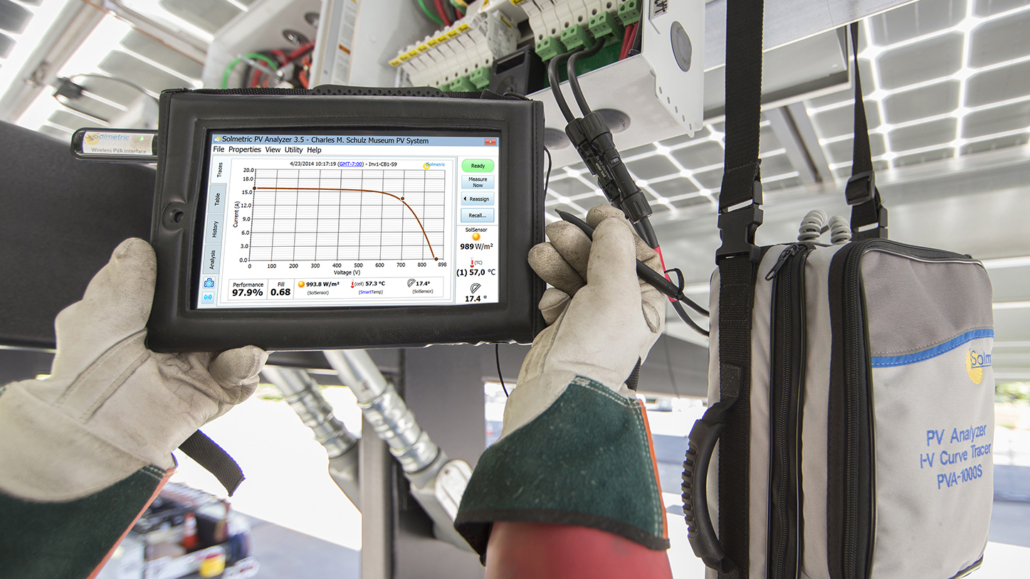
.png?width=300&name=Understanding%20Microgrid%20Due-Diligence%20(1).png)
-1.png?width=300&name=Climate-Specific%20Design%20%E2%80%93%20Risk%20Vs%20Value%20Engineering%20(1)-1.png)
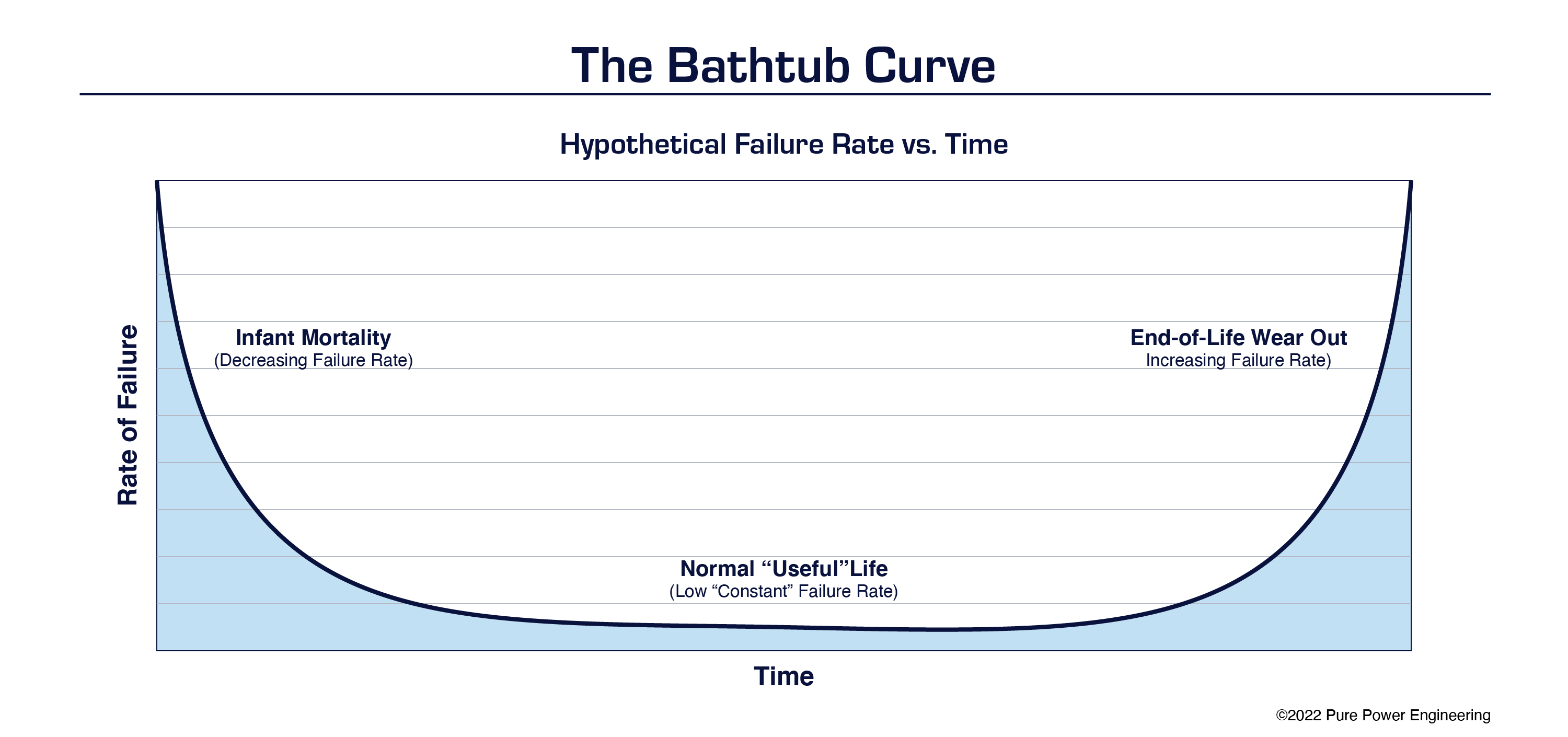




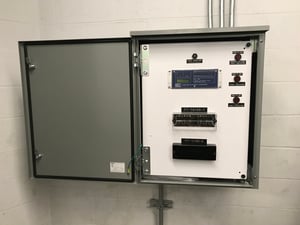
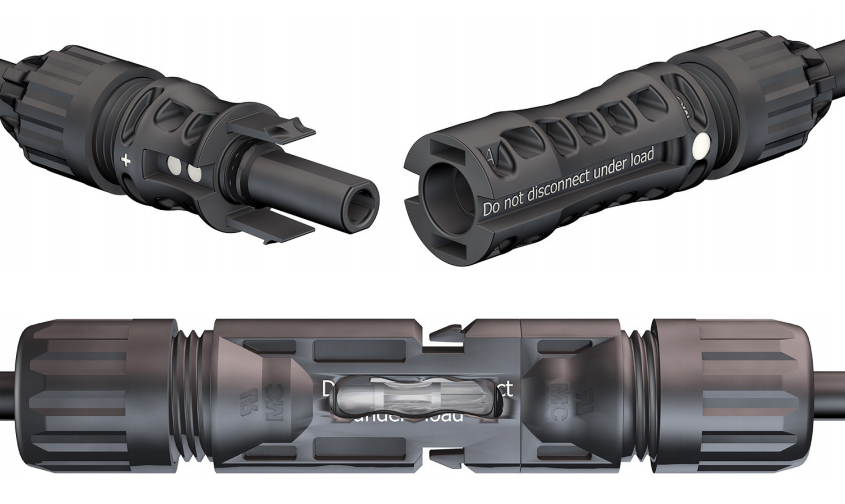




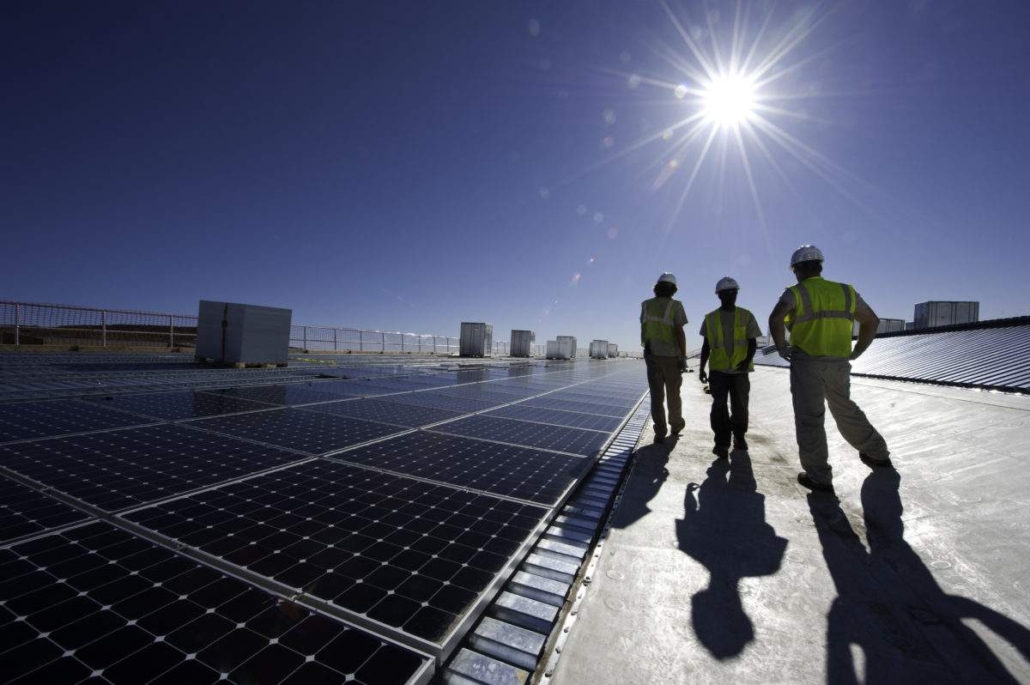


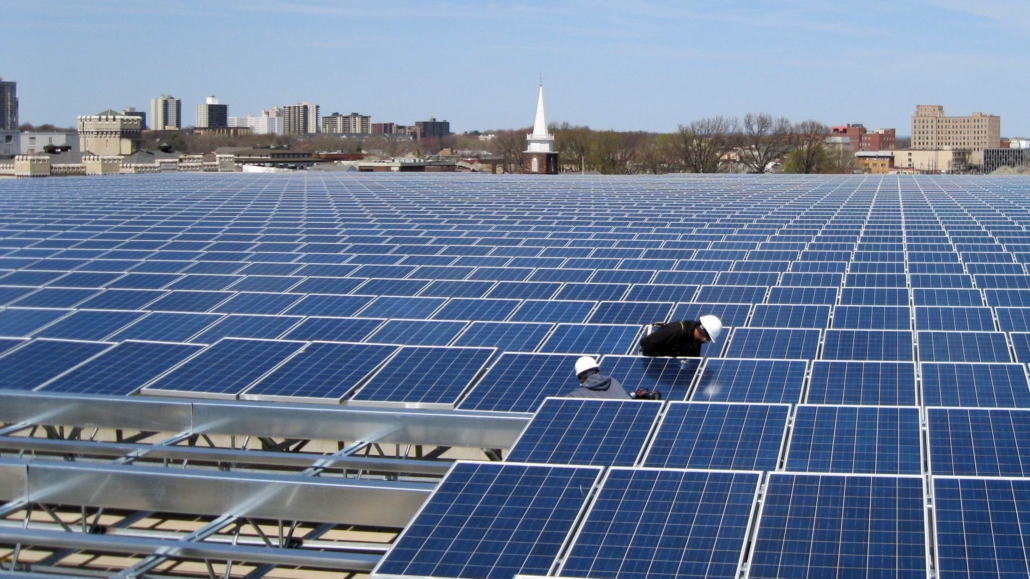

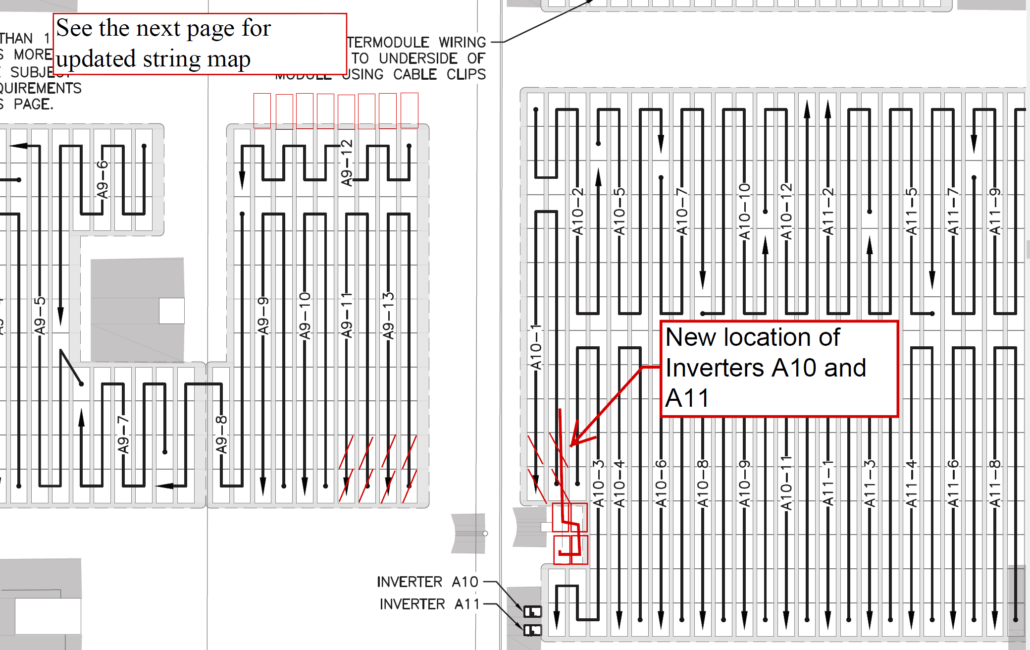
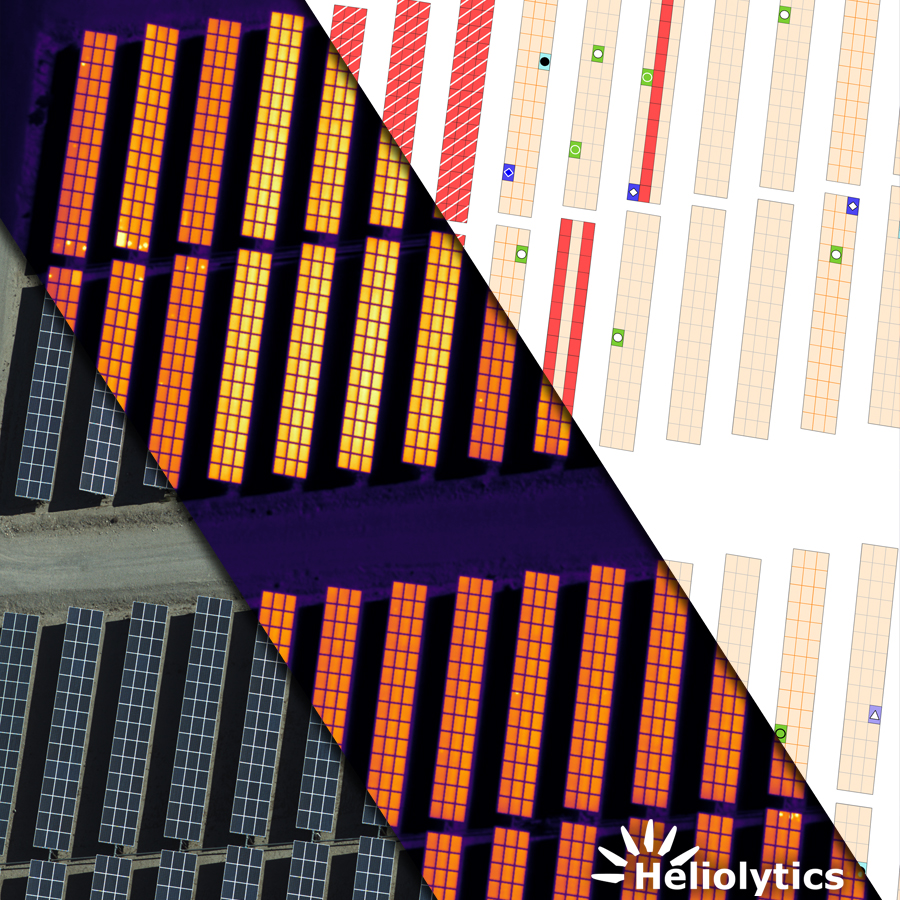
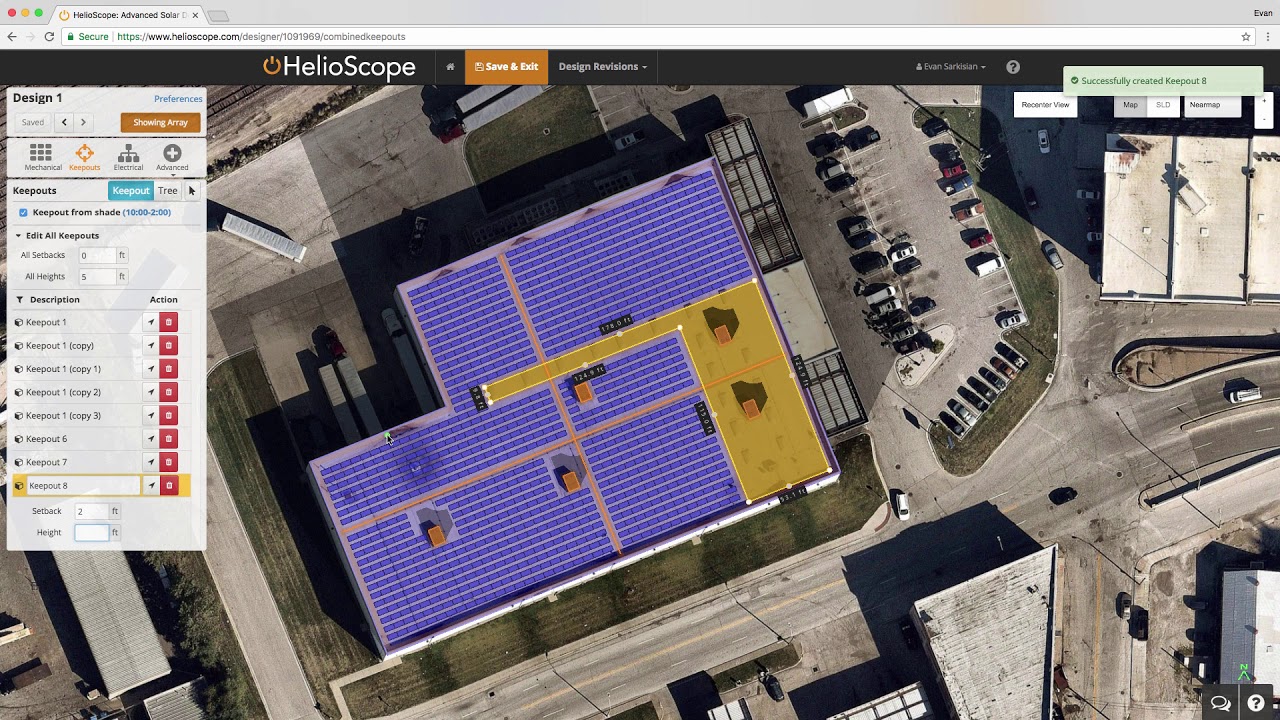
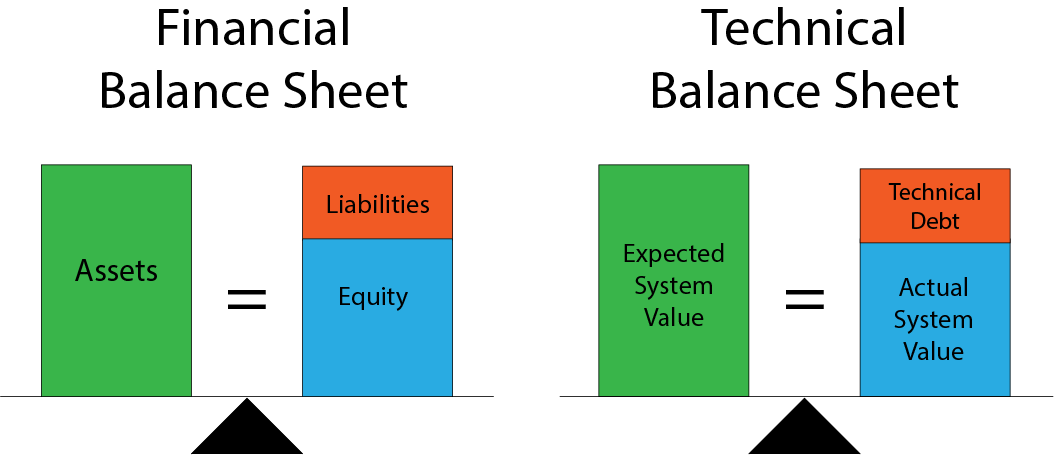

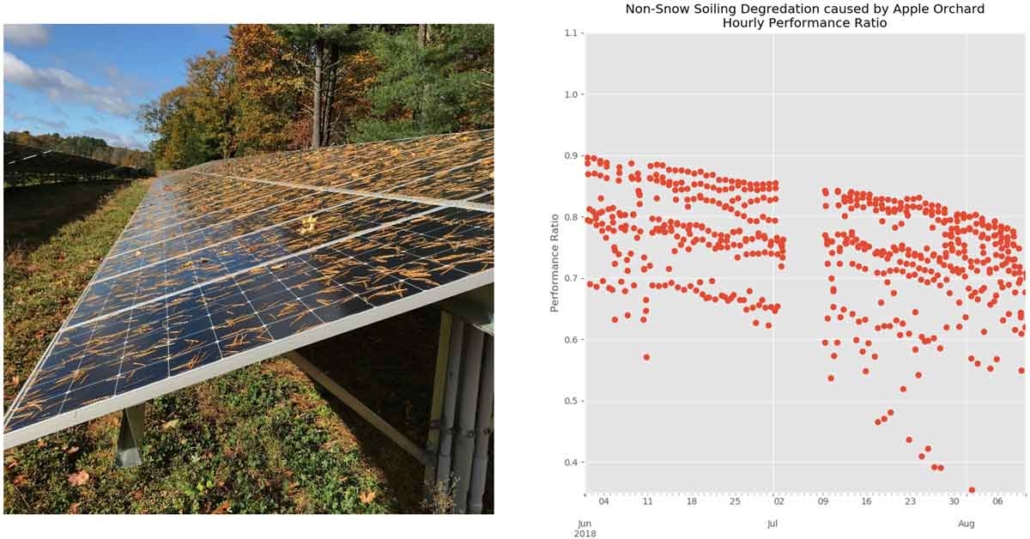
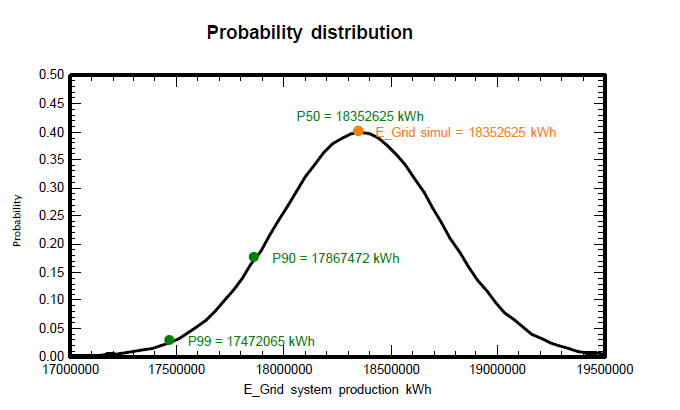
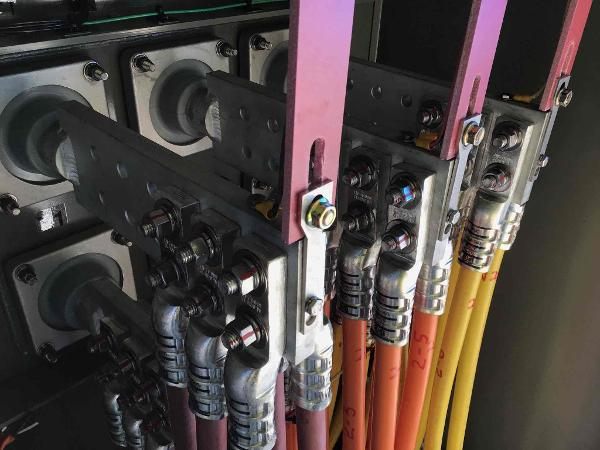


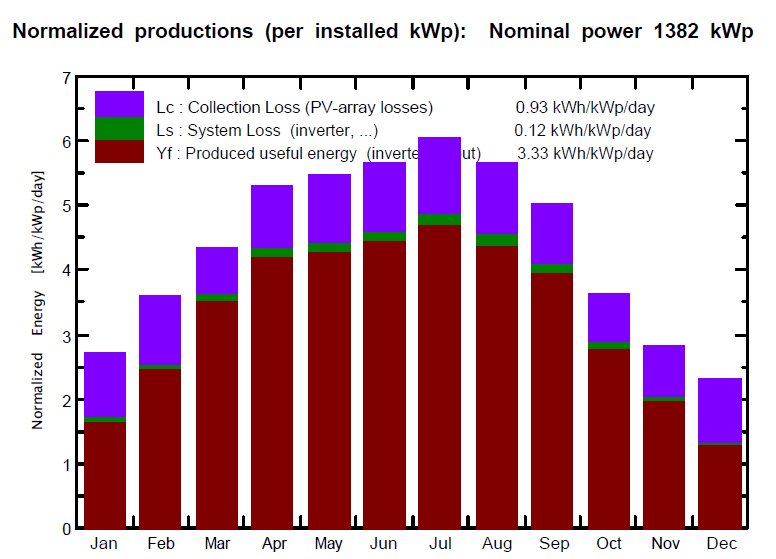










.png?width=300&name=Main%20Blog%20Photos%20(1).png)







